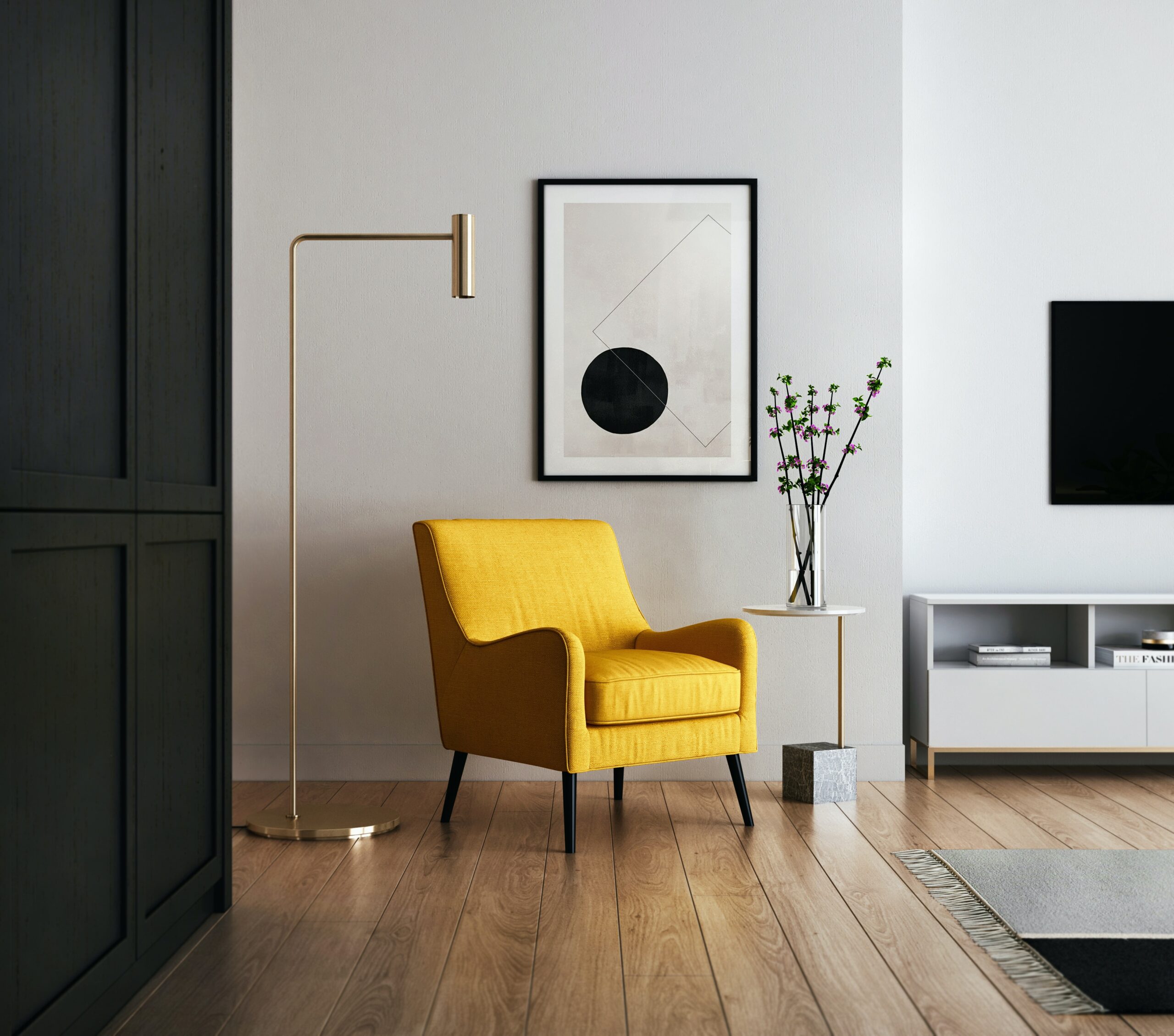[vc_row][vc_column][vc_column_text]
Designing your own house is a captivating prospect, brimming with possibilities and the chance to imprint your personal style onto every facet of your living space. The question that often arises is: Can I design my house myself? The answer is a resounding yes, and here’s a guide to help you navigate this empowering journey.
1. Embrace Your Creativity: Designing your house yourself is a chance to unleash your creativity. Whether you lean towards sleek modern aesthetics, cozy farmhouse vibes, or a vibrant bohemian feel, this is your opportunity to express your unique style.
2. Define Your Vision: Start by defining your vision. Envision the atmosphere you want each room to exude. Clarifying your design goals serves as a compass throughout the process.
3. Gather Inspiration: Explore various sources of inspiration. Magazines, online platforms, and real-world spaces can spark ideas and help you create mood boards that capture the essence of your design vision.
4. Set a Realistic Budget: Establishing a budget is crucial. While designing your own house can be cost-effective, setting a realistic budget helps you prioritize expenditures and make informed decisions.
5. Educate Yourself: Arm yourself with knowledge. Familiarize yourself with basic design principles, architectural elements, and construction considerations. This knowledge forms the foundation for informed decision-making.
6. Utilize Design Software: Take advantage of design software tools. Programs like SketchUp or floor planning apps enable you to visualize and experiment with different layouts and design concepts.
7. Start with Floor Plans: Begin with floor plans. Sketch out the layout of each room, considering the flow, functionality, and desired focal points. Experimenting with floor plans allows you to optimize the use of space.
8. Consider Architectural Elements: Pay attention to architectural elements. Whether it’s exposed beams, archways, or large windows, these features contribute to the overall character of your house.
9. Seek Professional Advice When Needed: While designing your house yourself is empowering, there’s no shame in seeking professional advice when needed. Architects or interior designers can provide insights, especially when dealing with complex structural changes.
10. Think Long-Term: Consider long-term aspects. Designing your house is an investment in your future. Think about how your design choices will align with your lifestyle as it evolves over time.
11. Plan Room by Room: Take a room-by-room approach. Focusing on one room at a time allows you to give thoughtful consideration to each space and ensures a cohesive overall design.
12. Prioritize Functionality: Balance aesthetics with functionality. Your house should not only look good but also serve your practical needs. Consider how each room will be used and design accordingly.
13. Personalize Each Space: Personalization is key. Infuse each space with elements that reflect your personality—whether it’s artwork, family photos, or unique decor items.
14. Consider DIY Projects: Explore DIY projects. From custom furniture pieces to accent walls, incorporating your handcrafted creations adds a personal touch and a sense of accomplishment.
15. Optimize Natural Light: Natural light enhances any design. Maximize the use of windows and consider the placement of mirrors to amplify light and create a bright, inviting atmosphere.
16. Be Mindful of Scale: Scale matters. Ensure that furniture and decor items are proportionate to the size of each room. This attention to scale contributes to a visually balanced design.
17. Experiment with Color Schemes: Colors set the mood. Experiment with different color schemes to find combinations that resonate with the ambiance you want to create in each room.
18. Choose Materials Wisely: Materials play a pivotal role in design. Whether it’s flooring, countertops, or furniture, choose materials that align with your aesthetic preferences and practical considerations.
19. Plan for Storage Solutions: Effective storage is integral to a well-designed house. Plan for ample storage solutions to keep clutter at bay and maintain an organized living space.
20. Stay Flexible: Flexibility is key in the design process. Be open to adjustments as you see your vision come to life. Sometimes, the best ideas emerge during the execution phase.
21. Inspect Local Building Codes: Familiarize yourself with local building codes and regulations. Compliance with these guidelines ensures a smooth and legal construction process.
22. Take Your Time: Designing your house is not a race. Take your time to refine your ideas, gather inspiration, and make decisions thoughtfully. Rushing can lead to choices you may later regret.
23. Enjoy the Process: Above all, enjoy the process. Designing your own house is a creative journey that allows you to shape your living environment according to your desires. Embrace the joy of creating a space that truly feels like home.
Conclusion: Designing your own house is a liberating and fulfilling endeavor. With a combination of creativity, knowledge, and a dash of courage, you can embark on this journey with confidence. Remember that your home is a reflection of you, and designing it yourself ensures that every corner tells your unique story.
[/vc_column_text][vc_empty_space][vc_gallery type=”image_grid” images=”10876,10873,10869,10866,10863,10860,10854,10851,10825,10822,10813,10780,10703,10696,10694,10714,10712,10630,10626,10606,10609″ img_size=”300×300″][vc_empty_space][vc_column_text]Useful links | Interior Design | Interior Design company in Delhi NCR | Interior Design Cost in Gurgaon | Low budget interior designer in Gurgaon | Interior Design Firm | Interior Designer Ideas | Interior Designer in Noida Extension | Interior A to Z | Interior Designer in Gurgaon[/vc_column_text][vc_empty_space][vc_empty_space][vc_pinterest][vc_empty_space][vc_empty_space][vc_tweetmeme][vc_empty_space][/vc_column][/vc_row]
